OpenCV の SURF
OpenCV の samples/c/find_obj プログラムを使ってみる
ビルド手順例
cd /usr/local/share/OpenCV/samples/c/
g++ -o /tmp/find_obj find_obj.cpp -I/usr/local/include/opencv2 -I/usr/local/include/opencv -L/usr/local/lib -lopencv_nonfree -lopencv_legacy -lopencv_calib3d -lopencv_flann -lopencv_objdetect -lopencv_highgui -lopencv_imgproc -lopencv_core
実行手順例
cd /tmp
wget http://133.5.18.161/rinkou/od/2013-05-23-sozai/DSC00227.JPG
wget http://133.5.18.161/rinkou/od/2013-05-23-sozai/DSC00228.JPG
# 11520 x 1080 -> 2880 x 270
convert -resize 2880x DSC00227.JPG /tmp/DSC00227s.JPG
convert -resize 2880x DSC00228.JPG /tmp/DSC00228s.JPG
/tmp/find_obj /tmp/DSC00227s.JPG /tmp/DSC00228s.JPG
SURF 情報取得プログラム
ビルド手順例
cd /tmp
g++ -o /tmp/opencv_surf opencv_surf.cpp -I/usr/local/include/opencv2 -I/usr/local/include/opencv -L/usr/local/lib -lopencv_nonfree -lopencv_legacy -lopencv_calib3d -lopencv_flann -lopencv_objdetect -lopencv_highgui -lopencv_imgproc -lopencv_core
実行手順例
cd /tmp
wget http://133.5.18.161/rinkou/od/2013-05-23-sozai/DSC00227.JPG
wget http://133.5.18.161/rinkou/od/2013-05-23-sozai/DSC00228.JPG
# 11520 x 1080 -> 2880 x 270
convert -resize 2880x DSC00227.JPG /tmp/DSC00227s.JPG
convert -resize 2880x DSC00228.JPG /tmp/DSC00228s.JPG
/tmp/opencv_surf /tmp/DSC00227s.JPG /tmp/DSC00228s.JPG
ソースコード (ファイル名: opencv_surf.cpp)
/*
* A Demo to OpenCV Implementation of SURF
* Further Information Refer to "SURF: Speed-Up Robust Feature"
* Author: Liu Liu
* liuliu.1987+opencv@gmail.com
*/
#include "opencv2/objdetect/objdetect.hpp"
#include "opencv2/features2d/features2d.hpp"
#include "opencv2/highgui/highgui.hpp"
#include "opencv2/calib3d/calib3d.hpp"
#include "opencv2/nonfree/nonfree.hpp"
#include "opencv2/imgproc/imgproc_c.h"
#include "opencv2/legacy/legacy.hpp"
#include "opencv2/legacy/compat.hpp"
#include<iostream>
#include<vector>
#include<stdio.h>
using namespace std;
static void help()
{
printf(
"This program demonstrated the use of the SURF Detector and Descriptor using\n"
"either FLANN (fast approx nearst neighbor classification) or brute force matching\n"
"on planar objects.\n"
"Usage:\n"
"./find_obj <object_filename> <scene_filename>, default is box.png and box_in_scene.png\n\n");
return;
}
// define whether to use approximate nearest-neighbor search
#define USE_FLANN
#ifdef USE_FLANN
static void
flannFindPairs( const CvSeq*, const CvSeq* objectDescriptors,
const CvSeq*, const CvSeq* imageDescriptors, vector<int>& ptpairs )
{
int length = (int)(objectDescriptors->elem_size/sizeof(float));
cv::Mat m_object(objectDescriptors->total, length, CV_32F);
cv::Mat m_image(imageDescriptors->total, length, CV_32F);
// copy descriptors
CvSeqReader obj_reader;
float* obj_ptr = m_object.ptr<float>(0);
cvStartReadSeq( objectDescriptors, &obj_reader );
for(int i = 0; i < objectDescriptors->total; i++ )
{
const float* descriptor = (const float*)obj_reader.ptr;
CV_NEXT_SEQ_ELEM( obj_reader.seq->elem_size, obj_reader );
memcpy(obj_ptr, descriptor, length*sizeof(float));
obj_ptr += length;
}
CvSeqReader img_reader;
float* img_ptr = m_image.ptr<float>(0);
cvStartReadSeq( imageDescriptors, &img_reader );
for(int i = 0; i < imageDescriptors->total; i++ )
{
const float* descriptor = (const float*)img_reader.ptr;
CV_NEXT_SEQ_ELEM( img_reader.seq->elem_size, img_reader );
memcpy(img_ptr, descriptor, length*sizeof(float));
img_ptr += length;
}
// find nearest neighbors using FLANN
cv::Mat m_indices(objectDescriptors->total, 2, CV_32S);
cv::Mat m_dists(objectDescriptors->total, 2, CV_32F);
cv::flann::Index flann_index(m_image, cv::flann::KDTreeIndexParams(4)); // using 4 randomized kdtrees
flann_index.knnSearch(m_object, m_indices, m_dists, 2, cv::flann::SearchParams(64) ); // maximum number of leafs checked
int* indices_ptr = m_indices.ptr<int>(0);
float* dists_ptr = m_dists.ptr<float>(0);
// kaneko
fprintf( stderr, "pairnum, objkeypoint, imagekeypoint, dist\n" );
int j=0;
for (int i=0;i<m_indices.rows;++i) {
if (dists_ptr[2*i]<0.6*dists_ptr[2*i+1]) {
ptpairs.push_back(i);
ptpairs.push_back(indices_ptr[2*i]);
// kaneko
fprintf( stderr, "%d, %d, %d, %f\n", j, i, indices_ptr[2*i], dists_ptr[2*i] );
j++;
}
}
}
#else
static double
compareSURFDescriptors( const float* d1, const float* d2, double best, int length )
{
double total_cost = 0;
assert( length % 4 == 0 );
for( int i = 0; i < length; i += 4 )
{
double t0 = d1[i ] - d2[i ];
double t1 = d1[i+1] - d2[i+1];
double t2 = d1[i+2] - d2[i+2];
double t3 = d1[i+3] - d2[i+3];
total_cost += t0*t0 + t1*t1 + t2*t2 + t3*t3;
if( total_cost > best )
break;
}
return total_cost;
}
static int
// kaneko
naiveNearestNeighbor( const float* vec, int laplacian,
const CvSeq* model_keypoints,
const CvSeq* model_descriptors, const int i )
{
int length = (int)(model_descriptors->elem_size/sizeof(float));
int i, neighbor = -1;
double d, dist1 = 1e6, dist2 = 1e6;
CvSeqReader reader, kreader;
cvStartReadSeq( model_keypoints, &kreader, 0 );
cvStartReadSeq( model_descriptors, &reader, 0 );
for( i = 0; i < model_descriptors->total; i++ )
{
const CvSURFPoint* kp = (const CvSURFPoint*)kreader.ptr;
const float* mvec = (const float*)reader.ptr;
CV_NEXT_SEQ_ELEM( kreader.seq->elem_size, kreader );
CV_NEXT_SEQ_ELEM( reader.seq->elem_size, reader );
if( laplacian != kp->laplacian )
continue;
d = compareSURFDescriptors( vec, mvec, dist2, length );
if( d < dist1 )
{
dist2 = dist1;
dist1 = d;
neighbor = i;
}
else if ( d < dist2 )
dist2 = d;
}
if ( dist1 < 0.6*dist2 ) {
// kaneko
fprintf( stderr, "%d, %d, %f \n", i, neighbor, dist1 );
return neighbor;
}
return -1;
}
static void
findPairs( const CvSeq* objectKeypoints, const CvSeq* objectDescriptors,
const CvSeq* imageKeypoints, const CvSeq* imageDescriptors, vector<int>& ptpairs )
{
int i;
CvSeqReader reader, kreader;
cvStartReadSeq( objectKeypoints, &kreader );
cvStartReadSeq( objectDescriptors, &reader );
ptpairs.clear();
for( i = 0; i < objectDescriptors->total; i++ )
{
const CvSURFPoint* kp = (const CvSURFPoint*)kreader.ptr;
const float* descriptor = (const float*)reader.ptr;
CV_NEXT_SEQ_ELEM( kreader.seq->elem_size, kreader );
CV_NEXT_SEQ_ELEM( reader.seq->elem_size, reader );
// kaneko
int nearest_neighbor = naiveNearestNeighbor( descriptor, kp->laplacian, imageKeypoints, imageDescriptors, i );
if( nearest_neighbor >= 0 )
{
ptpairs.push_back(i);
ptpairs.push_back(nearest_neighbor);
}
}
}
#endif
/* a rough implementation for object location */
static int
locatePlanarObject( const CvSeq* objectKeypoints, const CvSeq* objectDescriptors,
const CvSeq* imageKeypoints, const CvSeq* imageDescriptors,
const CvPoint src_corners[4], CvPoint dst_corners[4] )
{
double h[9];
CvMat _h = cvMat(3, 3, CV_64F, h);
vector<int> ptpairs;
vector<CvPoint2D32f> pt1, pt2;
CvMat _pt1, _pt2;
int i, n;
#ifdef USE_FLANN
flannFindPairs( objectKeypoints, objectDescriptors, imageKeypoints, imageDescriptors, ptpairs );
#else
findPairs( objectKeypoints, objectDescriptors, imageKeypoints, imageDescriptors, ptpairs );
#endif
n = (int)(ptpairs.size()/2);
if( n < 4 )
return 0;
pt1.resize(n);
pt2.resize(n);
for( i = 0; i < n; i++ )
{
pt1[i] = ((CvSURFPoint*)cvGetSeqElem(objectKeypoints,ptpairs[i*2]))->pt;
pt2[i] = ((CvSURFPoint*)cvGetSeqElem(imageKeypoints,ptpairs[i*2+1]))->pt;
}
_pt1 = cvMat(1, n, CV_32FC2, &pt1[0] );
_pt2 = cvMat(1, n, CV_32FC2, &pt2[0] );
if( !cvFindHomography( &_pt1, &_pt2, &_h, CV_RANSAC, 5 ))
return 0;
for( i = 0; i < 4; i++ )
{
double x = src_corners[i].x, y = src_corners[i].y;
double Z = 1./(h[6]*x + h[7]*y + h[8]);
double X = (h[0]*x + h[1]*y + h[2])*Z;
double Y = (h[3]*x + h[4]*y + h[5])*Z;
dst_corners[i] = cvPoint(cvRound(X), cvRound(Y));
}
return 1;
}
int main(int argc, char** argv)
{
const char* object_filename = argc == 3 ? argv[1] : "box.png";
const char* scene_filename = argc == 3 ? argv[2] : "box_in_scene.png";
cv::initModule_nonfree();
help();
IplImage* object = cvLoadImage( object_filename, CV_LOAD_IMAGE_GRAYSCALE );
IplImage* image = cvLoadImage( scene_filename, CV_LOAD_IMAGE_GRAYSCALE );
if( !object || !image )
{
fprintf( stderr, "Can not load %s and/or %s\n",
object_filename, scene_filename );
exit(-1);
}
CvMemStorage* storage = cvCreateMemStorage(0);
cvNamedWindow("Object Correspond", 1);
static CvScalar colors[] =
{
{{0,0,255}},
{{0,128,255}},
{{0,255,255}},
{{0,255,0}},
{{255,128,0}},
{{255,255,0}},
{{255,0,0}},
{{255,0,255}},
{{255,255,255}}
};
IplImage* object_color = cvCreateImage(cvGetSize(object), 8, 3);
cvCvtColor( object, object_color, CV_GRAY2BGR );
CvSeq* objectKeypoints = 0, *objectDescriptors = 0;
CvSeq* imageKeypoints = 0, *imageDescriptors = 0;
int i;
CvSURFParams params = cvSURFParams(500, 1);
double tt = (double)cvGetTickCount();
cvExtractSURF( object, 0, &objectKeypoints, &objectDescriptors, storage, params );
printf("Object Descriptors: %d\n", objectDescriptors->total);
cvExtractSURF( image, 0, &imageKeypoints, &imageDescriptors, storage, params );
printf("Image Descriptors: %d\n", imageDescriptors->total);
tt = (double)cvGetTickCount() - tt;
// printf( "Extraction time = %gms\n", tt/(cvGetTickFrequency()*1000.));
CvPoint src_corners[4] = {{0,0}, {object->width,0}, {object->width, object->height}, {0, object->height}};
CvPoint dst_corners[4];
IplImage* correspond = cvCreateImage( cvSize(image->width, object->height+image->height), 8, 1 );
cvSetImageROI( correspond, cvRect( 0, 0, object->width, object->height ) );
cvCopy( object, correspond );
cvSetImageROI( correspond, cvRect( 0, object->height, correspond->width, correspond->height ) );
cvCopy( image, correspond );
cvResetImageROI( correspond );
#ifdef USE_FLANN
printf("Using approximate nearest neighbor search\n");
#endif
if( locatePlanarObject( objectKeypoints, objectDescriptors, imageKeypoints,
imageDescriptors, src_corners, dst_corners ))
{
for( i = 0; i < 4; i++ )
{
CvPoint r1 = dst_corners[i%4];
CvPoint r2 = dst_corners[(i+1)%4];
cvLine( correspond, cvPoint(r1.x, r1.y+object->height ),
cvPoint(r2.x, r2.y+object->height ), colors[8] );
}
}
vector<int> ptpairs;
#ifdef USE_FLANN
flannFindPairs( objectKeypoints, objectDescriptors, imageKeypoints, imageDescriptors, ptpairs );
#else
findPairs( objectKeypoints, objectDescriptors, imageKeypoints, imageDescriptors, ptpairs );
#endif
// kaneko
fprintf( stderr, "id, objkeypoint, imagekeypoint, p1x, p1y, radius1, p2x, p2y, radius2\n" );
for( i = 0; i < (int)ptpairs.size(); i += 2 )
{
CvSURFPoint* r1 = (CvSURFPoint*)cvGetSeqElem( objectKeypoints, ptpairs[i] );
CvSURFPoint* r2 = (CvSURFPoint*)cvGetSeqElem( imageKeypoints, ptpairs[i+1] );
cvLine( correspond, cvPointFrom32f(r1->pt), cvPoint(cvRound(r2->pt.x), cvRound(r2->pt.y+object->height)), colors[8] );
//
int radius;
radius = cvRound(r1->size*1.2/9.*2);
cvCircle( correspond, cvPointFrom32f(r1->pt), radius, colors[0], 1, 8, 0 );
// kaneko
int radius1 = cvRound(r1->size*1.2/9.*2);;
int radius2 = cvRound(r2->size*1.2/9.*2);;
fprintf( stderr, "%d, %d, %d, %f, %f, %d, %f, %f, %d\n", i/2, ptpairs[i], ptpairs[i+1], r1->pt.x, r1->pt.y, radius1, r2->pt.x, r2->pt.y, radius2 );
}
cvShowImage( "Object Correspond", correspond );
fprintf( stderr, "done\n" );
cvWaitKey(0);
cvDestroyWindow("Object Correspond");
return 0;
}
ソースコード (ファイル名: opencv_surf.cpp)
今度は、
ウインドウを開かない、
「fprintf( stderr, "%d, %d, %d, %f, %f, %d, %f, %f, %d\n", i/2, ptpairs[i], ptpairs[i+1], r1->pt.x, r1->pt.y, radius1, r2->pt.x, r2->pt.y, radius2 );」で表示のみ、
というように書き換え
/*
* A Demo to OpenCV Implementation of SURF
* Further Information Refer to "SURF: Speed-Up Robust Feature"
* Author: Liu Liu
* liuliu.1987+opencv@gmail.com
*/
#include "opencv2/objdetect/objdetect.hpp"
#include "opencv2/features2d/features2d.hpp"
#include "opencv2/highgui/highgui.hpp"
#include "opencv2/calib3d/calib3d.hpp"
#include "opencv2/nonfree/nonfree.hpp"
#include "opencv2/imgproc/imgproc_c.h"
#include "opencv2/legacy/legacy.hpp"
#include "opencv2/legacy/compat.hpp"
#include
surf 実験. まず、エンコード.5フレームごとに1フレームを /tmp/w に保存.
cd /tmp mkdir /tmp/w cp /home/kkaneko/rinkou/od/data/recorder2013/10540510/*.AVI /tmp ffmpeg -i 03430001.AVI 03430001-%07d.png cp *0.png *5.png /tmp/w rm /tmp/*.png ffmpeg -i 03430002.AVI 03430002-%07d.png cp *0.png *5.png /tmp/w rm /tmp/*.png ffmpeg -i 03430003.AVI 03430003-%07d.png cp *0.png *5.png /tmp/w rm /tmp/*.png ffmpeg -i 03430004.AVI 03430004-%07d.png cp *0.png *5.png /tmp/w rm /tmp/*.png ffmpeg -i 03430005.AVI 03430005-%07d.png cp *0.png *5.png /tmp/w rm /tmp/*.png ffmpeg -i 03430006.AVI 03430006-%07d.png cp *0.png *5.png /tmp/w rm /tmp/*.png ffmpeg -i 03430007.AVI 03430007-%07d.png cp *0.png *5.png /tmp/w rm /tmp/*.png ffmpeg -i 03430008.AVI 03430008-%07d.png cp *0.png *5.png /tmp/w rm /tmp/*.png ffmpeg -i 03430009.AVI 03430009-%07d.png cp *0.png *5.png /tmp/w rm /tmp/*.png # 総フレーム数 1810, fps は多分 10 [fps]
たくさんできる。1秒あたり2フレームに間引きされていることに注意
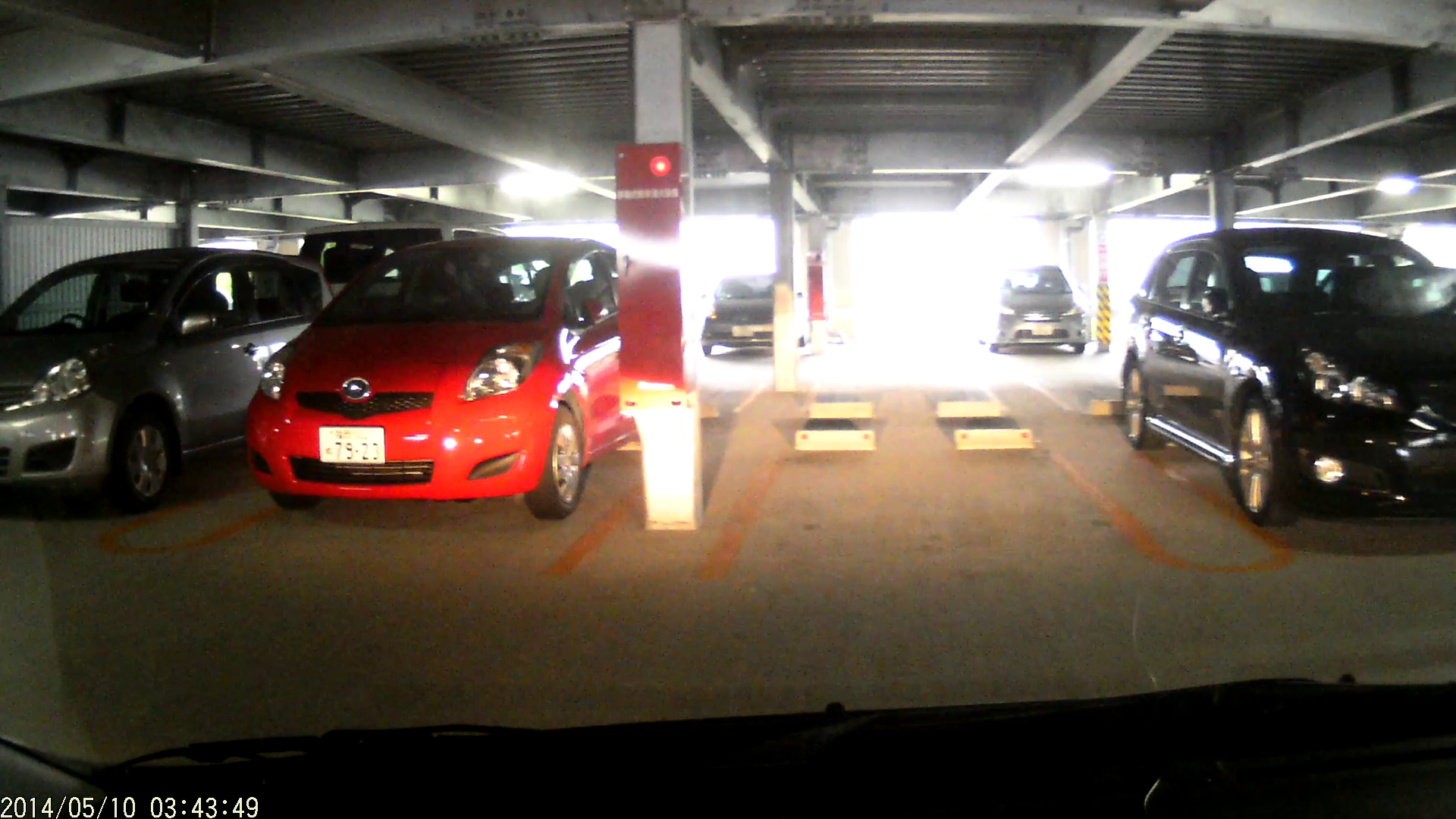
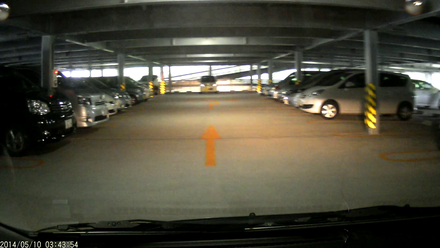
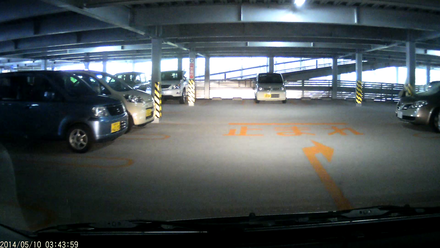
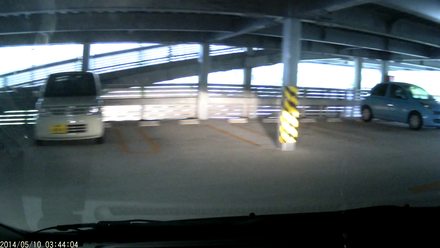
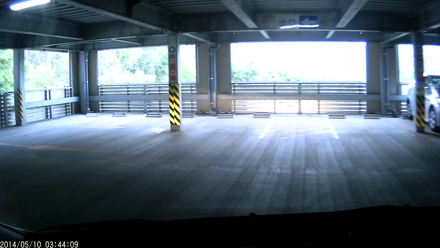
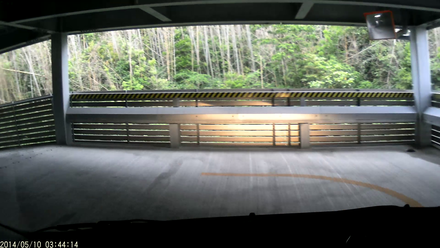
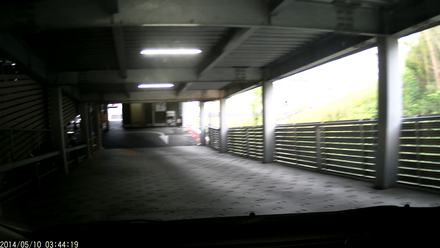
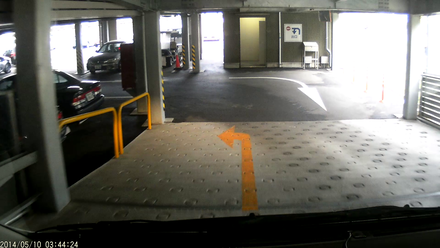
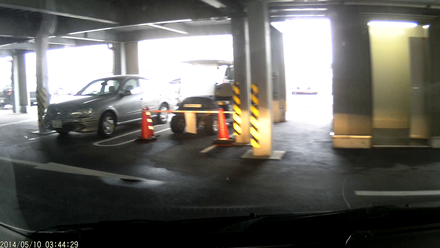
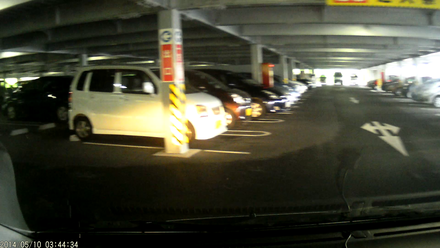
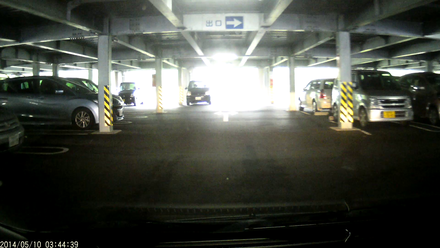
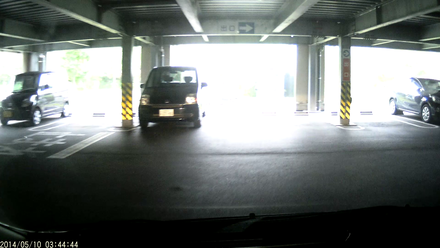
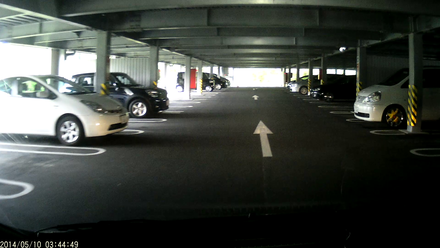
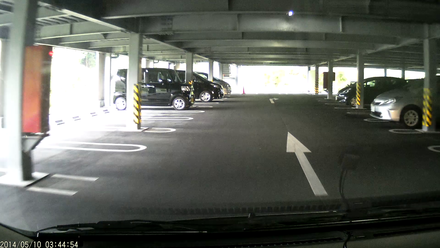
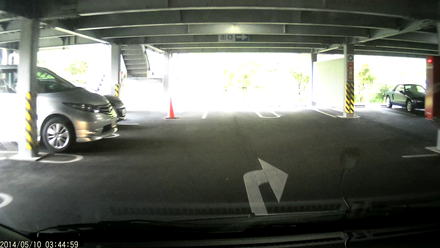
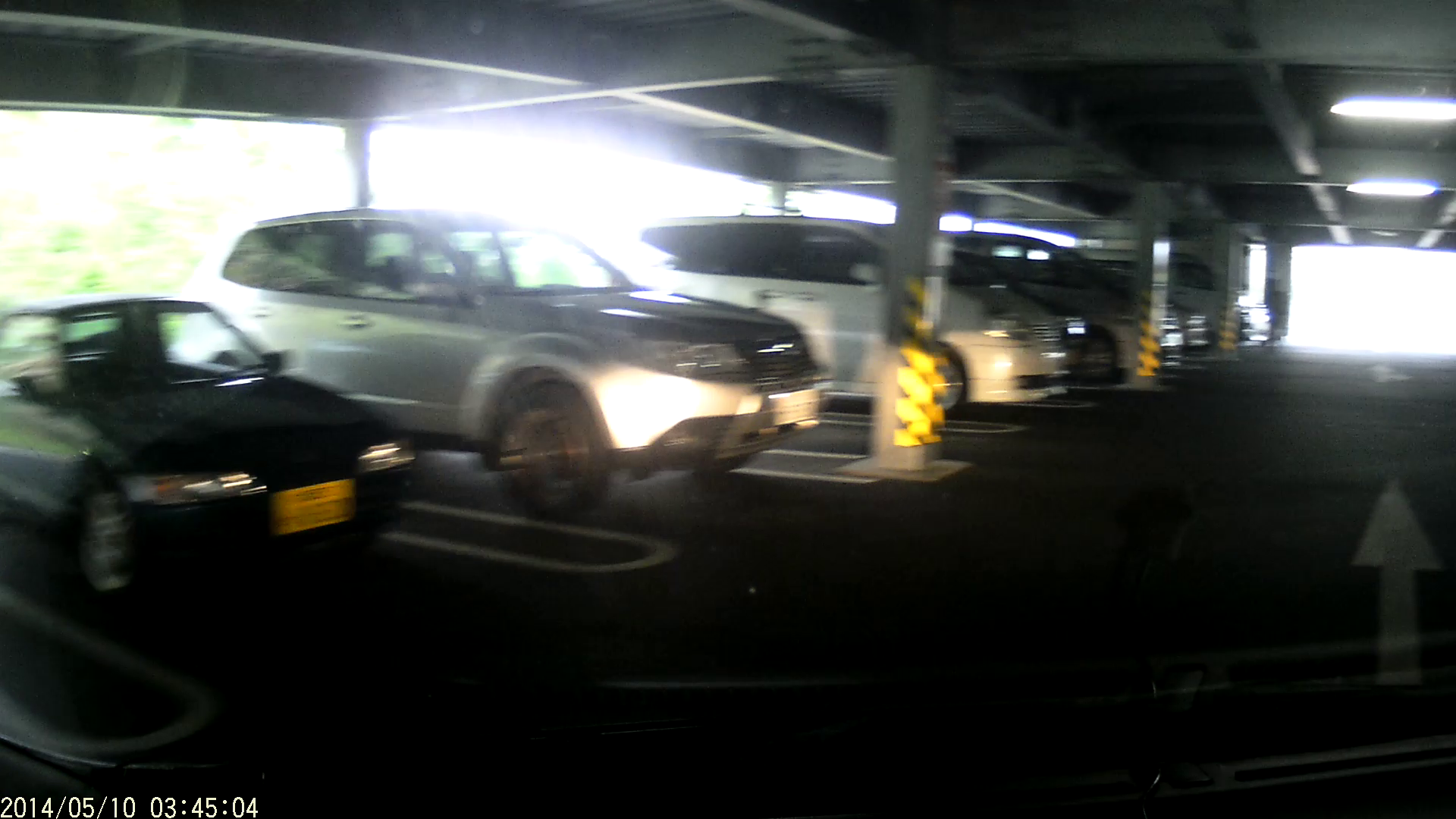
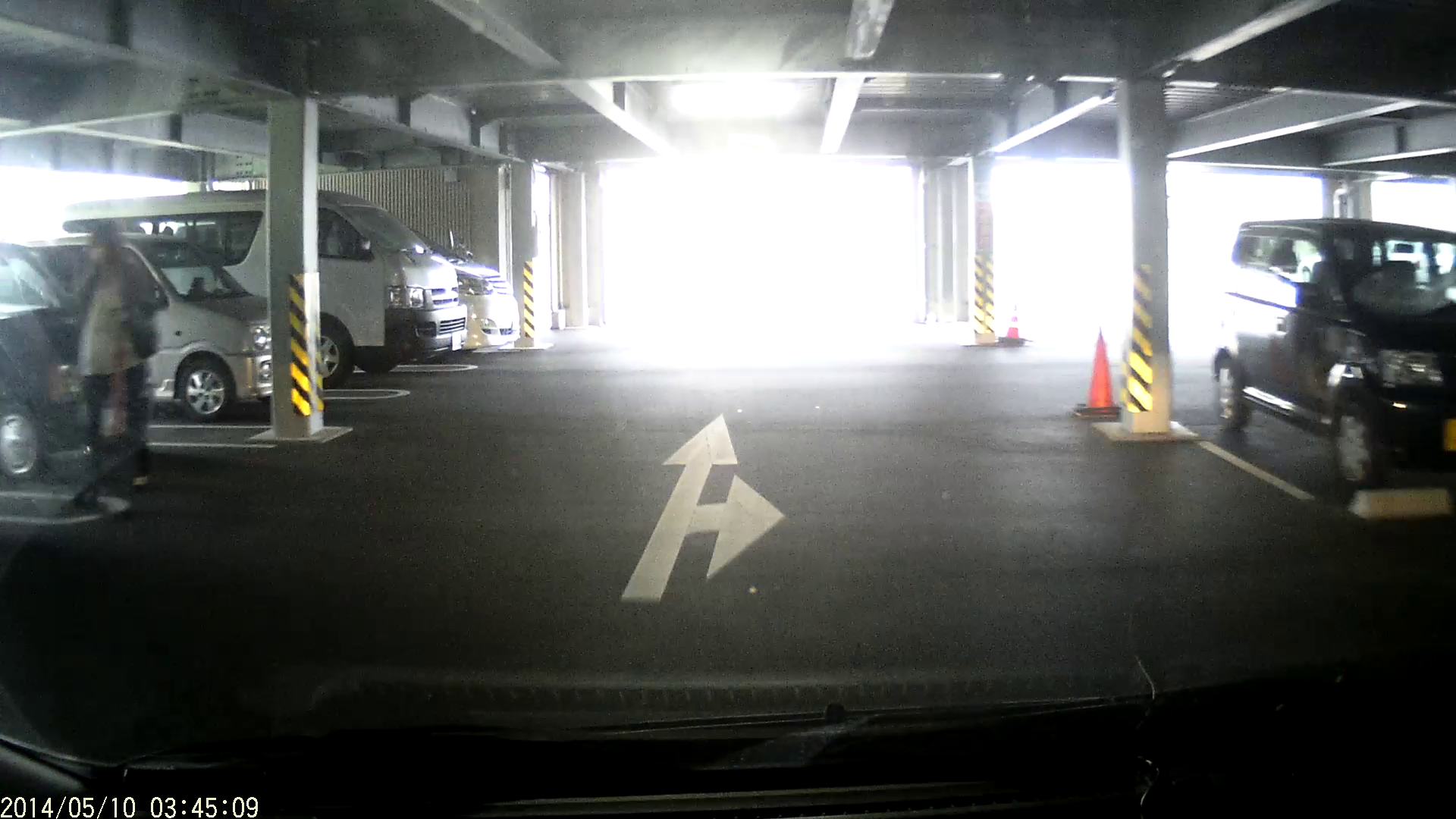
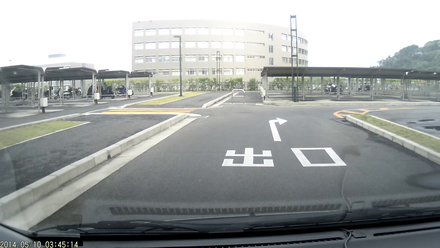
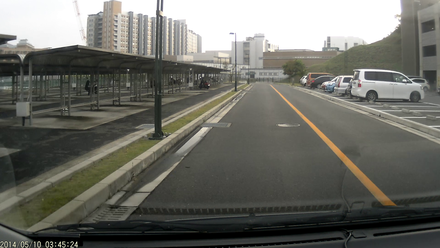
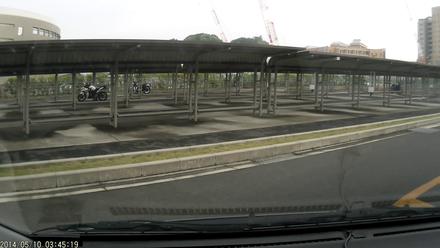
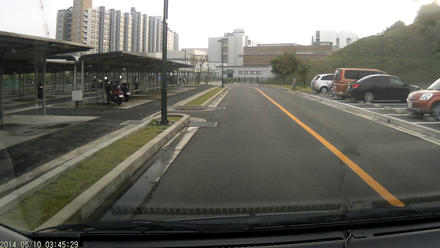
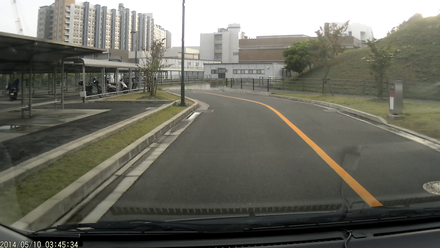
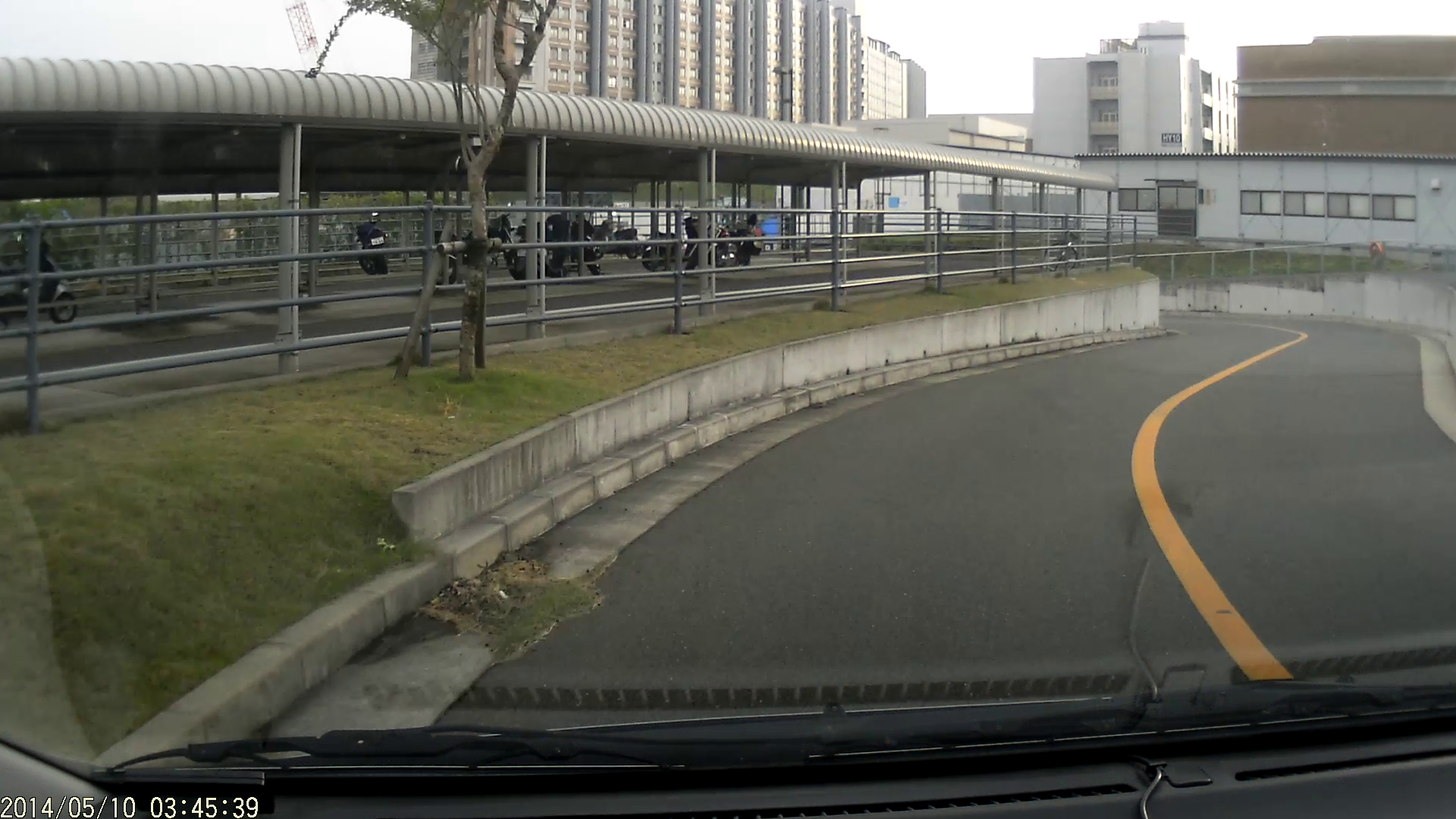
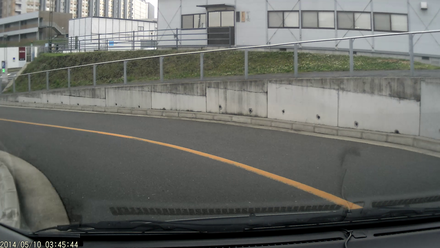
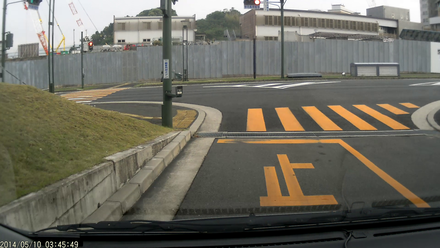
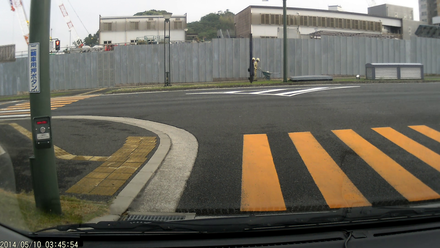
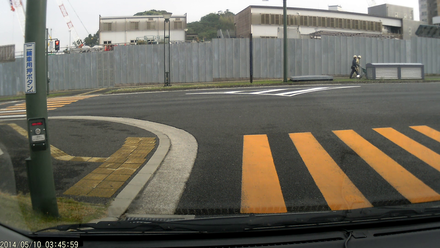
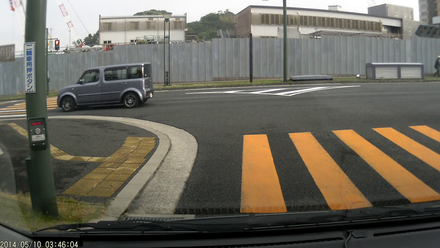
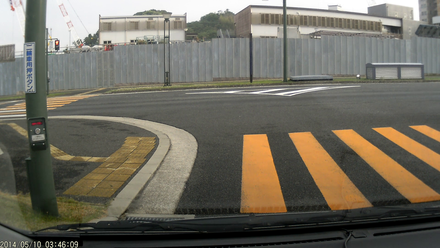
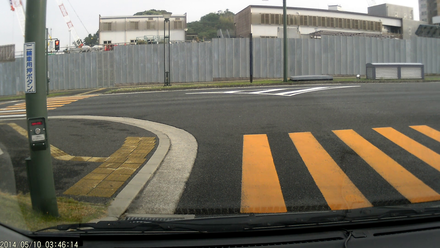
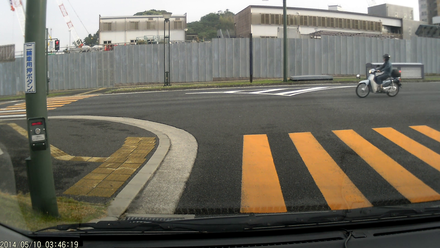
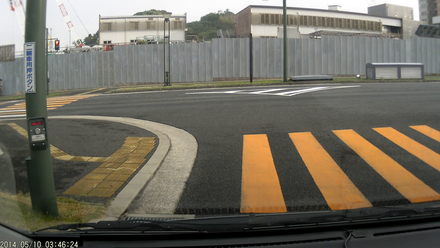
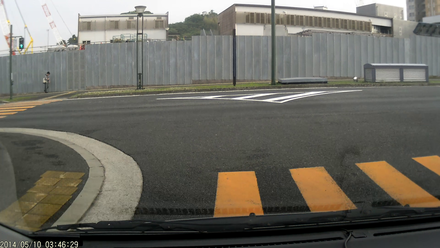
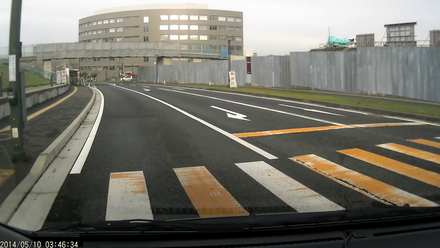
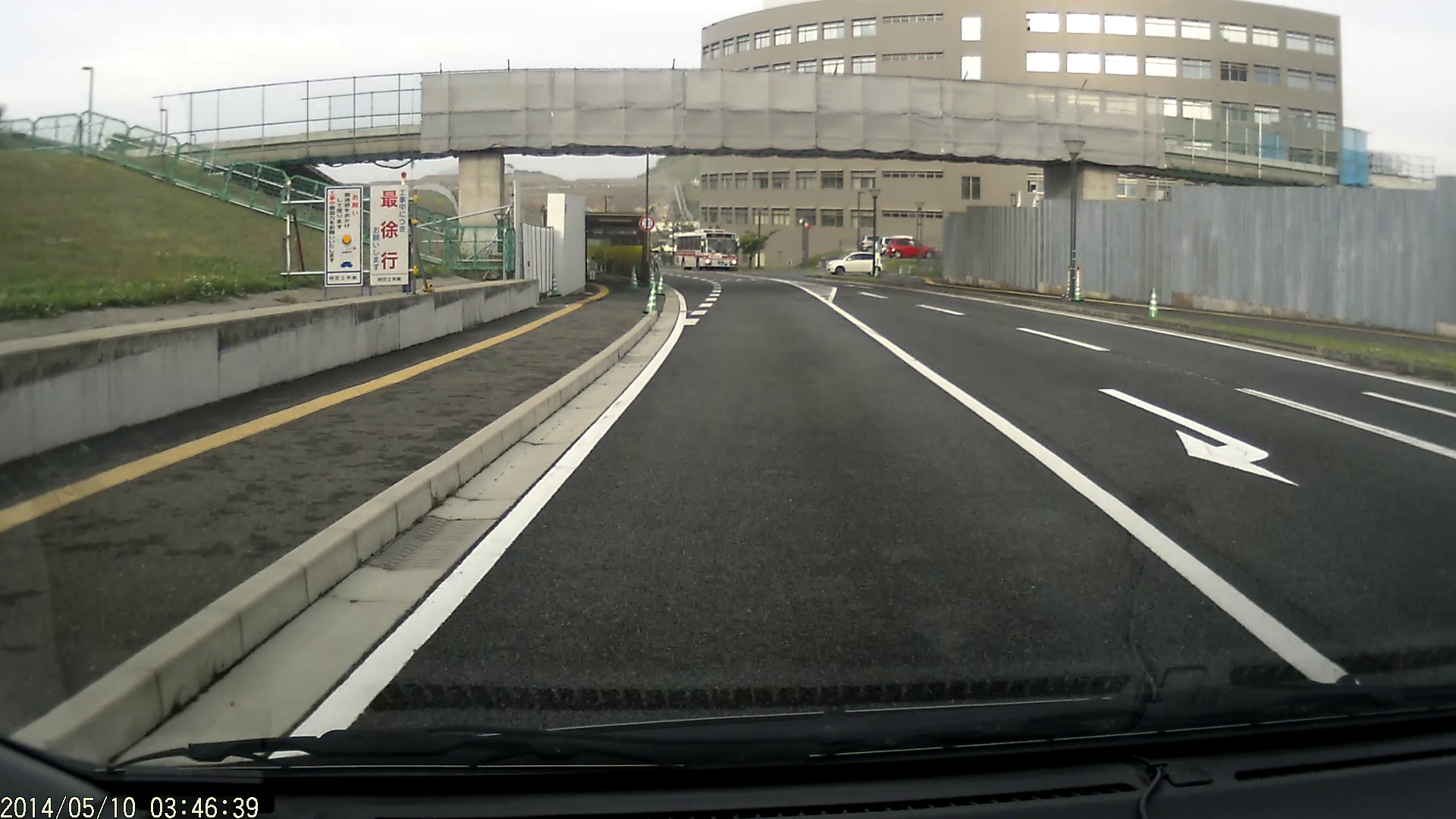

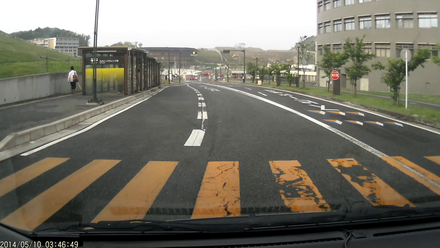
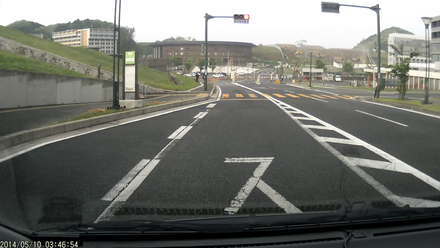
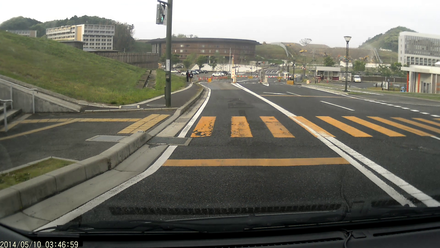
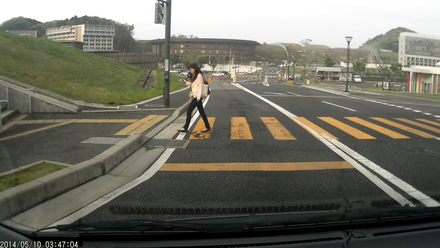
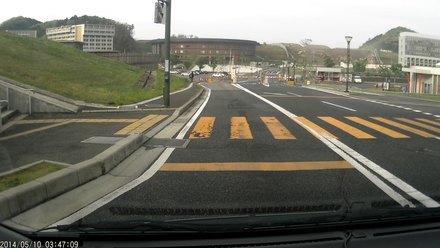
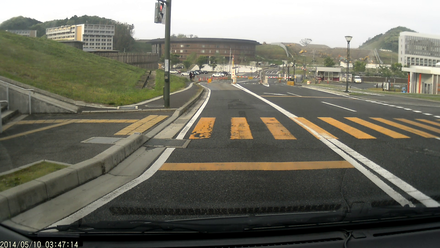
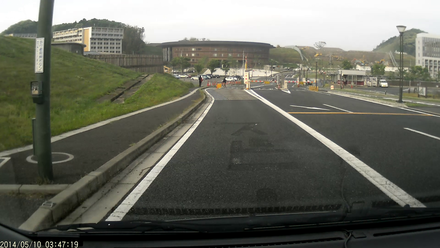
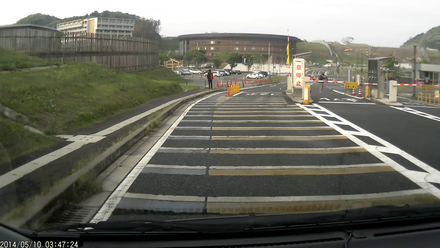
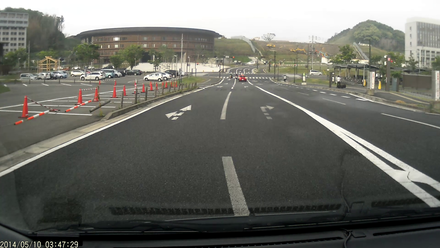
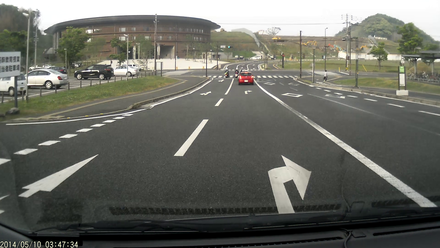
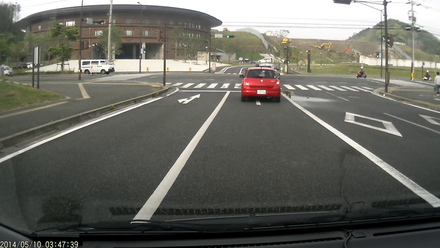
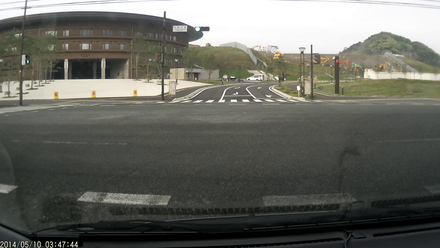
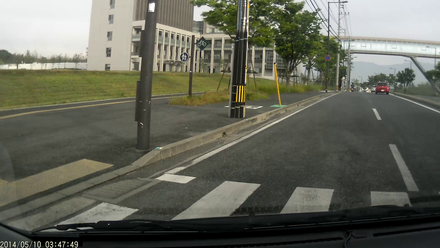
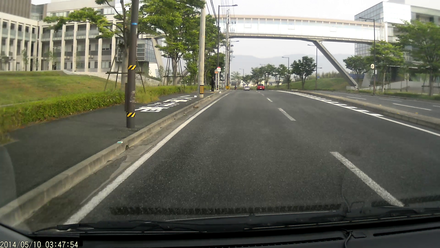
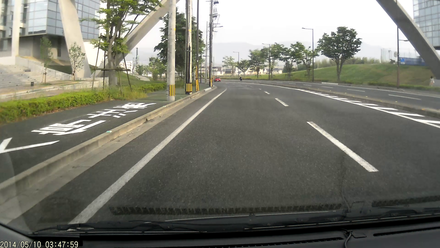
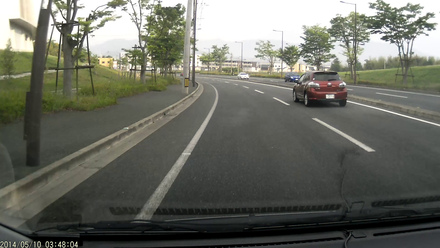
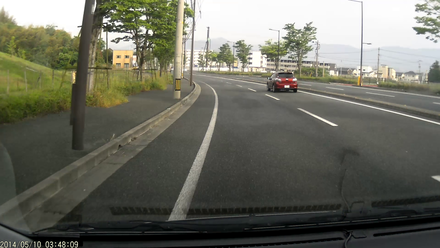
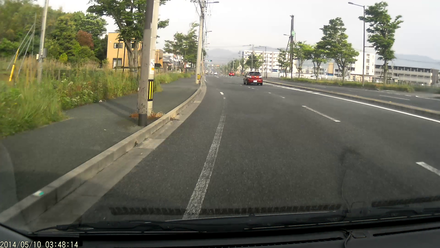
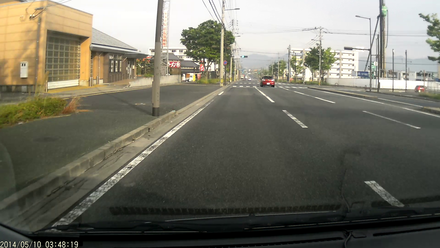
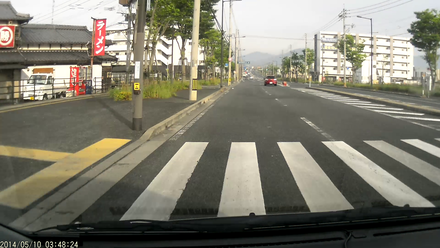
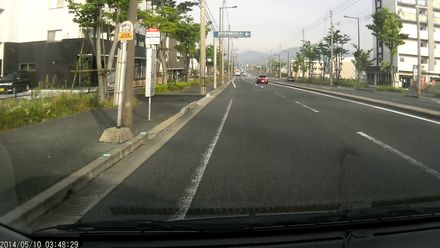
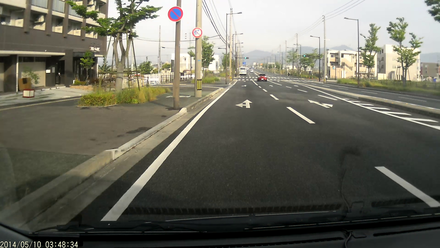
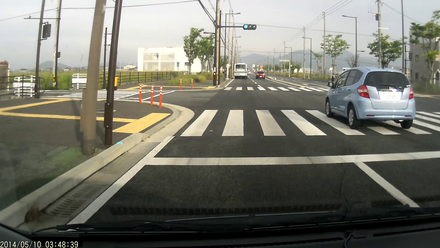
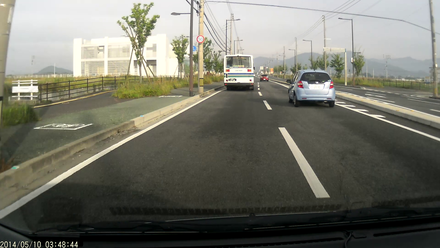
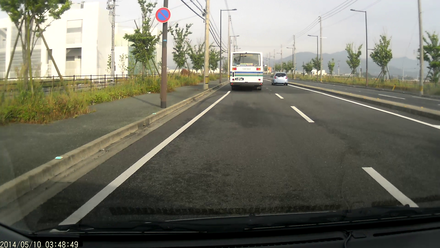
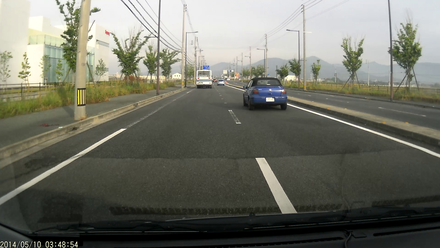
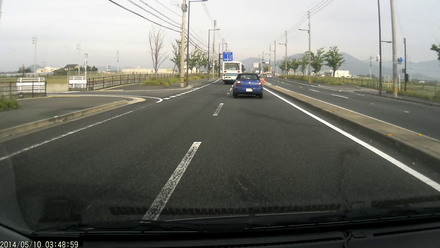
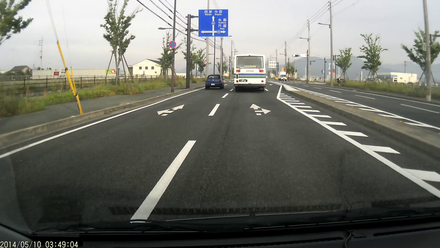
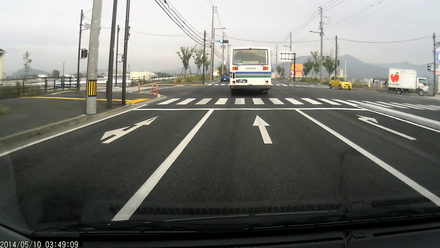
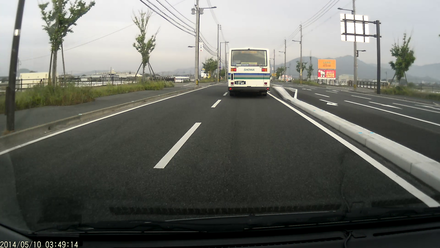
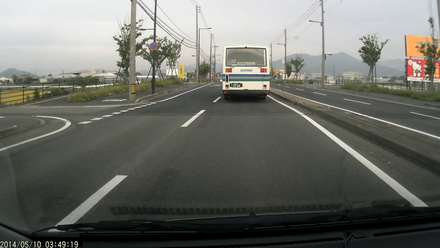
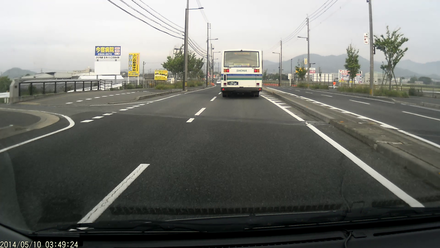
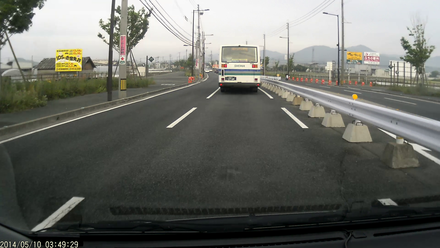
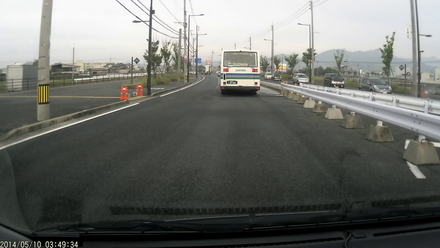

surf
export f=`echo *.png`
export f2=''
for i in $f; do
if [ ! f2 = '' ]; then
/tmp/opencv_surf $f2 $i > $f2.csv
export f2=$i
fi
done
# number of keypoints
rm -f lines.csv
touch lines.csv
for i in *.csv; do
wc $i >> lines.csv
done
R
require(data.table)
x <- read.table("lines.csv", as.is=TRUE)
# number of keypoint pairs
plot( x[,1] - 7 )
lines( lowess( x[,1] - 7, f=0.01 ) )
inlier and outlier example
R
x <- read.csv("03430001-0000405.png.csv", as.is=TRUE, skip=7, header=FALSE)
d <- rbind(x$V4 - x$V7, x$V5 - x$V7)
require(mvoutlier)
corr.plot( x=d[1,], y=d[2,] )
#!/bin/bash
rm -f lines.csv
rm -f /tmp/1
touch /tmp/1
for i in *.csv; do
echo $i
rm -f /tmp/a.r
cat > /tmp/a.r <<-RCOMMAND
x <- read.csv("$i", as.is=TRUE, skip=7, header=FALSE)
d <- rbind(x\$V4 - x\$V7, x\$V5 - x\$V7)
require(mvoutlier)
# corr.plot( x=d[1,], y=d[2,] )
# hist( sign2(t(d))\$x.dist )
a <- c( sum( sign2(t(d), qcrit=0.975)\$wfinal01 ),
sum( sign2(t(d), qcrit=0.95)\$wfinal01 ),
sum( sign2(t(d), qcrit=0.9)\$wfinal01 ),
sum( sign2(t(d), qcrit=0.8)\$wfinal01 ))
print(a)
RCOMMAND
cat /tmp/a.r | R --vanilla >> /tmp/1
done
fgrep '[1]' /tmp/1 > /tmp/2
R
x <- read.table("/tmp/2", header=FALSE, as.is=TRUE)
plot( lowess( x[,2], f=0.01 ), type="l", col=1, xlim=c(0,362), ylim=c(0, 1400) )
par(new=T)
plot( lowess( x[,3], f=0.01 ), type="l", col=2, xlim=c(0,362), ylim=c(0, 1400) )
par(new=T)
Fast algorithm for identifying multivariate outliers in high-dimensional and/or large datasets, using spatial signs, see Filzmoser, Maronna, and Werner (CSDA, 2007)
#!/bin/bash
rm -f lines.csv
rm -f /tmp/3
touch /tmp/3
for i in *.csv; do
echo $i
rm -f /tmp/a.r
cat > /tmp/a.r <<-RCOMMAND
x <- read.csv("$i", as.is=TRUE, skip=7, header=FALSE)
d <- rbind(x\$V4 - x\$V7, x\$V5 - x\$V7)
require(mvoutlier)
# corr.plot( x=d[1,], y=d[2,] )
# hist( sign2(t(d))\$x.dist )
a <- sign2(t(d), qcrit=0.975)\$wfinal01
d2 <- rbind(x[a==1,]\$V4 - x[a==1,]\$V7, x[a==1,]\$V5 - x[a==1,]\$V7)
print( c( mean(d2[1,]), mean(d2[2,]) ) )
RCOMMAND
cat /tmp/a.r | R --vanilla >> /tmp/3
done
fgrep '[1]' /tmp/3 > /tmp/4
R
x2 <- read.table("/tmp/4", header=FALSE, as.is=TRUE)
plot( x2[,2], type="l", col=2, xlim=c(0,362) )
plot( x2[,3], type="l", col=4, xlim=c(0,362) )
x <- read.table("/tmp/2", header=FALSE, as.is=TRUE)
x2 <- read.table("/tmp/4", header=FALSE, as.is=TRUE)
d <- rbind(x[,2], x2[,2], x2[,3])
# 状態
# 1 左に曲がる、2 右に曲がる, 3 止まっている
y <- rep(0, 722)
y[18:28] <- 1
y[58:66] <- 1
y[67:76] <- 1
y[94:104] <- 1
y[104:116] <- 1
y[246:254] <- 1
y[340:350] <- 1
y[46:56] <- 2
y[128:138] <- 2
y[164:172] <- 2
y[194:208] <- 2
y[492:502] <- 2
y[1:8] <- 3
y[272:334] <- 3
y[406:432] <- 3
plot(x=d[2,], y=d[3,], type="p", col=y+1)
par(new=T)
plot(x=d[2,], y=d[3,], type="l", lwd=0.2)
引き続き
# 正規化
d[1,] <- scale( d[1,] )
d[2,] <- scale( d[2,] )
d[3,] <- scale( d[3,] )
p1 <- cmdscale(dist(t(d)))
plot(x=p1[,1], y=p1[,2], type="p", col=y+1)
par(new=T)
plot(x=p1[,1], y=p1[,2], type="l", lwd=0.2)
![[kaneko lab.]](https://www.kkaneko.jp/info/logo_png.png)